CAN ANYONE
DO STARCK DESIGN?
Philippe Starck is taking his concept
of democratic design to the extreme.
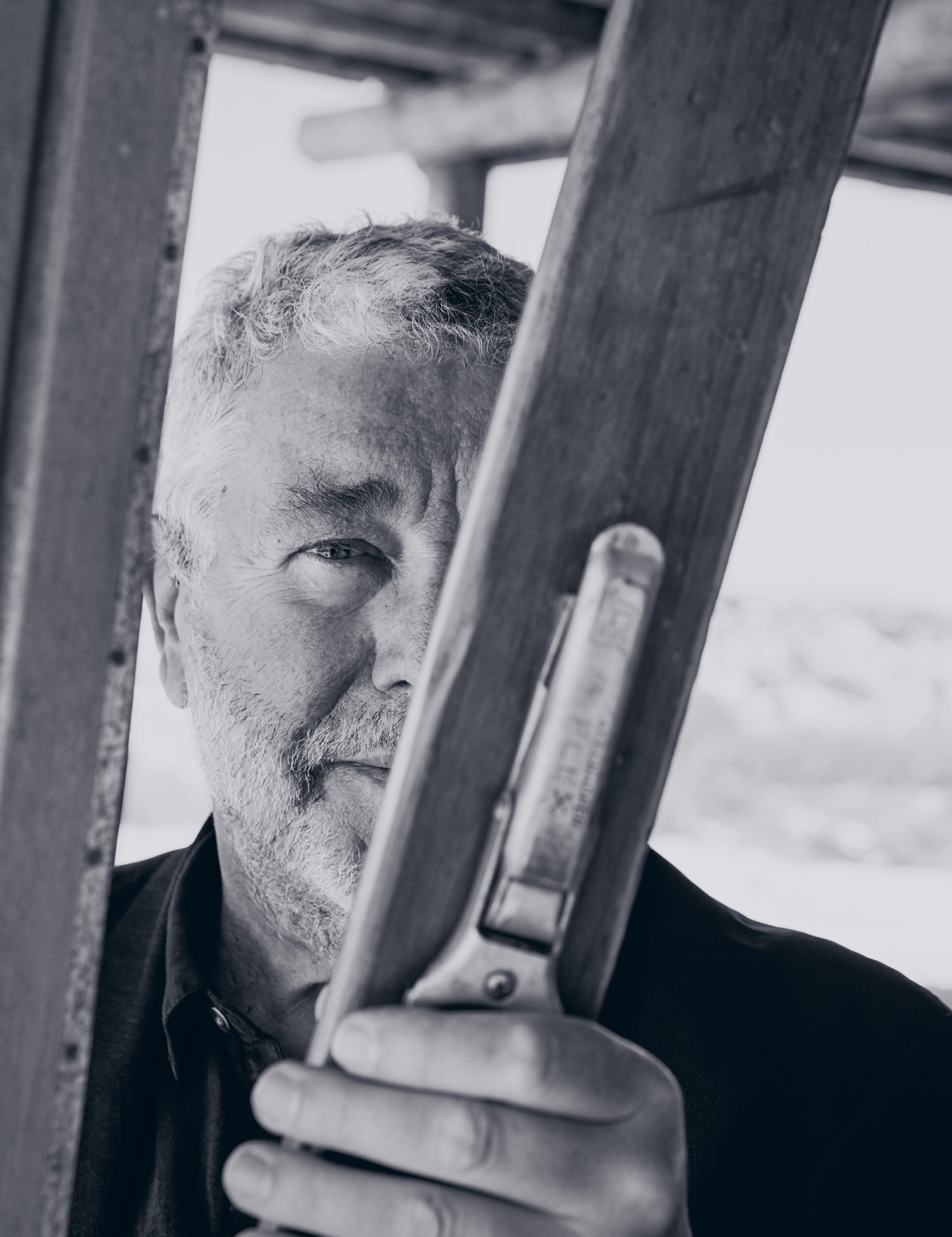
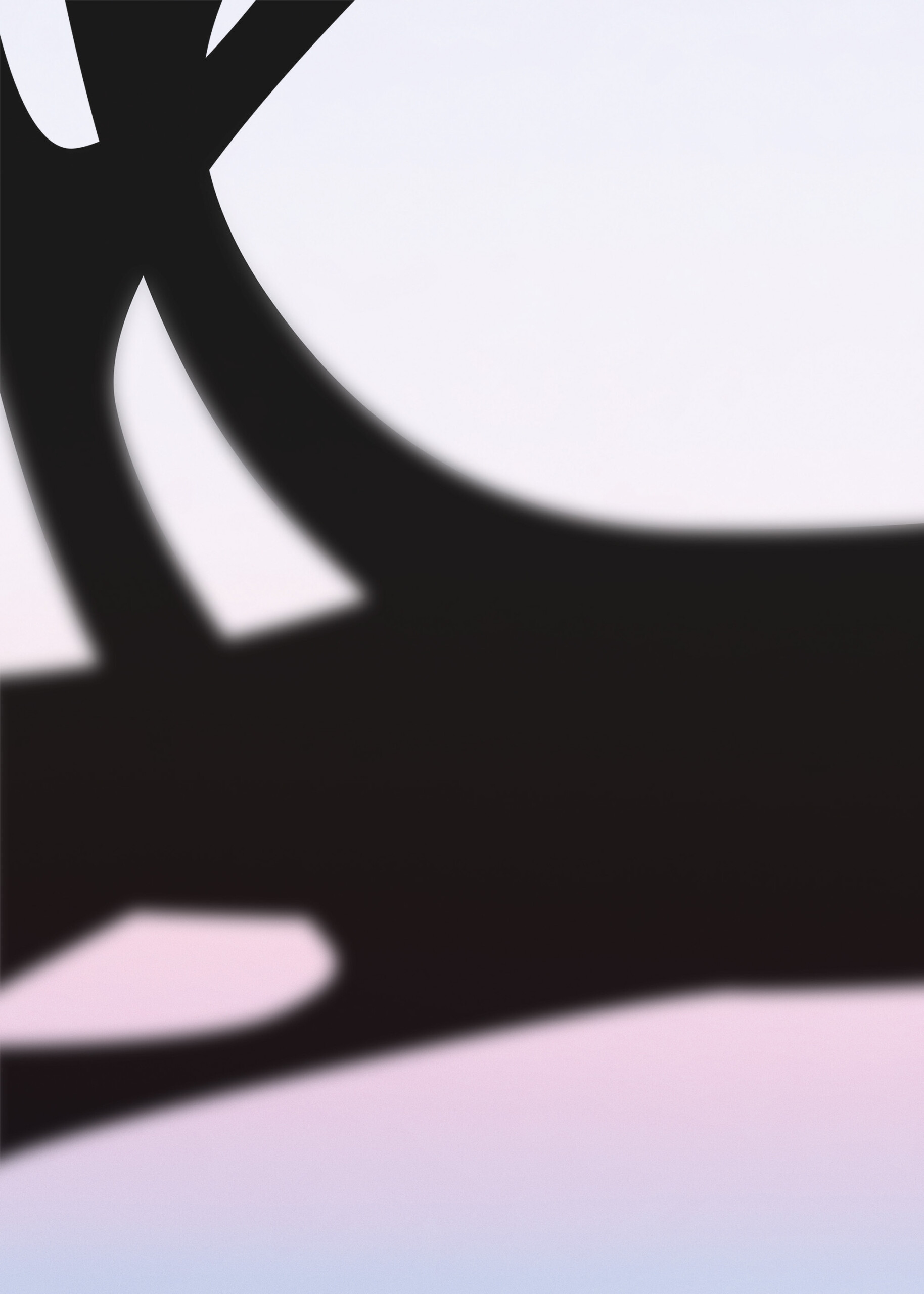
“AI, how can you support our body with the least amount of material and energy possible?”
No need for lengthy introductions here. Philippe Starck, now 74, has been probably the best-known and, to date, the most productive designer in the world since the 1980s. His work includes a lemon squeezer for Alessi and a toothbrush for Fluocaril, but also Steve Jobs’ superyacht, numerous hotels, a slew of furniture products, and even the crew quarters’ interiors for the Axiom Station habitation module, a privately developed module to be attached to the International Space Station (ISS). Starck has placed his distinctive stamp on over 10,000 projects, objects and places. The French-born designer counts a string of residences around the world as home. For our interview, he joined us in a Zoom call from his house at the Cap Ferret oyster beds; the photos were shot in his new home country of Portugal, where the Starck-designed Praia na Comporta restaurant opened in July.
In a way, the location in the dunes at Comporta closes a circle that began in 1984 with Café Costes in Paris. That ultimate pilgrimage destination for the era’s up-and-coming interior designers and design fans was dominated by a huge ticking wall clock, its face showing just eight hours, not twelve, and ignoring the minutes altogether. In Portugal, he created a hybrid beach chalet in timber, channelling the Alpine spirit to transform the dunes into mountains of the imagination, the sand into snow. Many of his works have absurdity, surrealism, a dash of craziness slumbering at their heart. Starck is an avid follower of ‘pataphysics, a pseudophilosophy of science invented by Absurdist writer Alfred Jarry in the nineteenth century that describes itself in self-parodying style as the ‘science of imaginary solutions’. From March to August 2023, the Musée Carnavalet in the Marais, which is dedicated to the history of Paris, hosted a major exhibition by Starck; entitled Paris est pataphysique, it was devoted to Jarry and this far lesser-known aspect of his creative oeuvre.
Starck was also one of the first high-profile designers to experiment with artificial intelligence at an early stage, creating the A.I. chair for Kartell. Now he plans to go a step further and apply the ultimate in democratisation to his work as a designer.
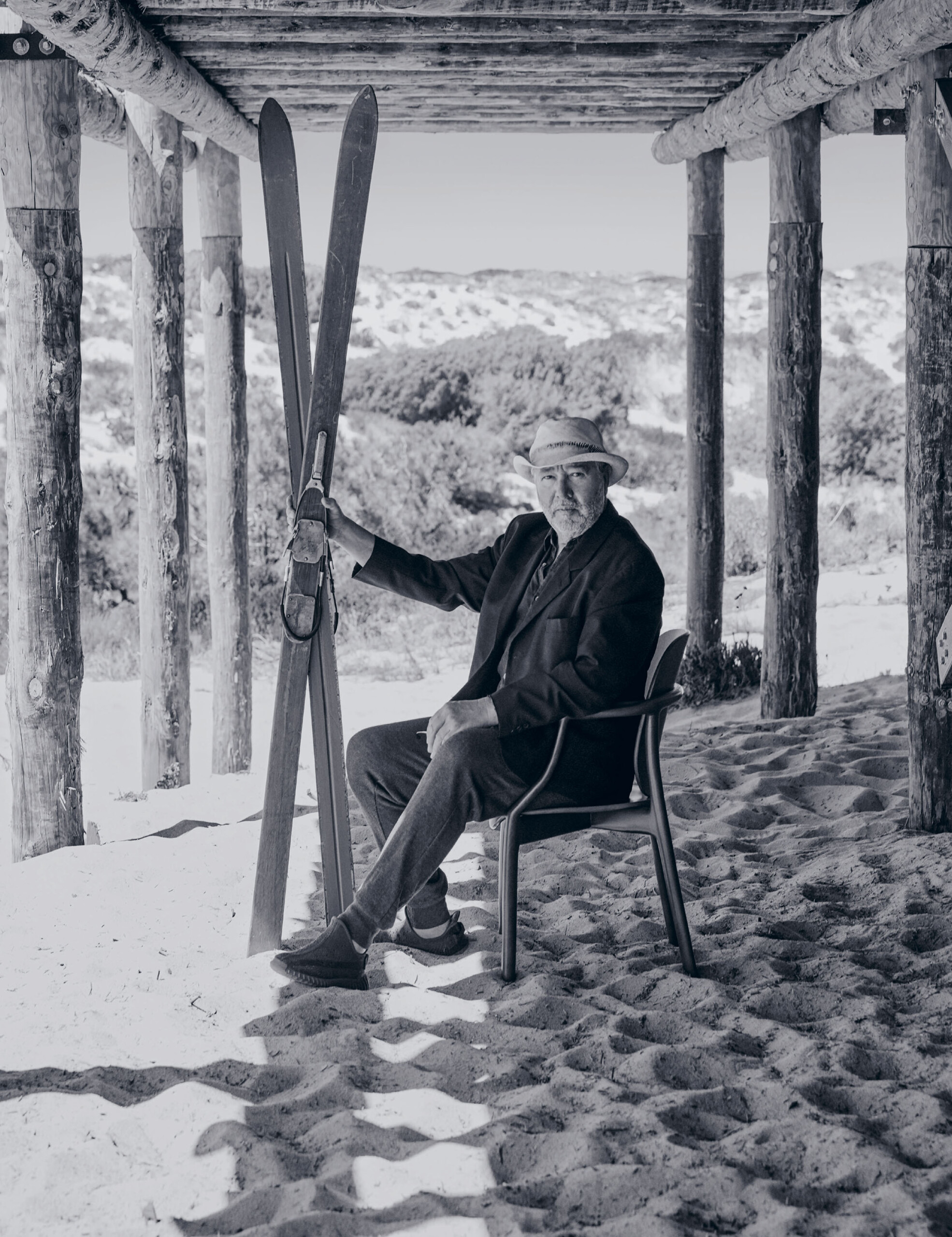
“It ran calculation after calculation for two years.”
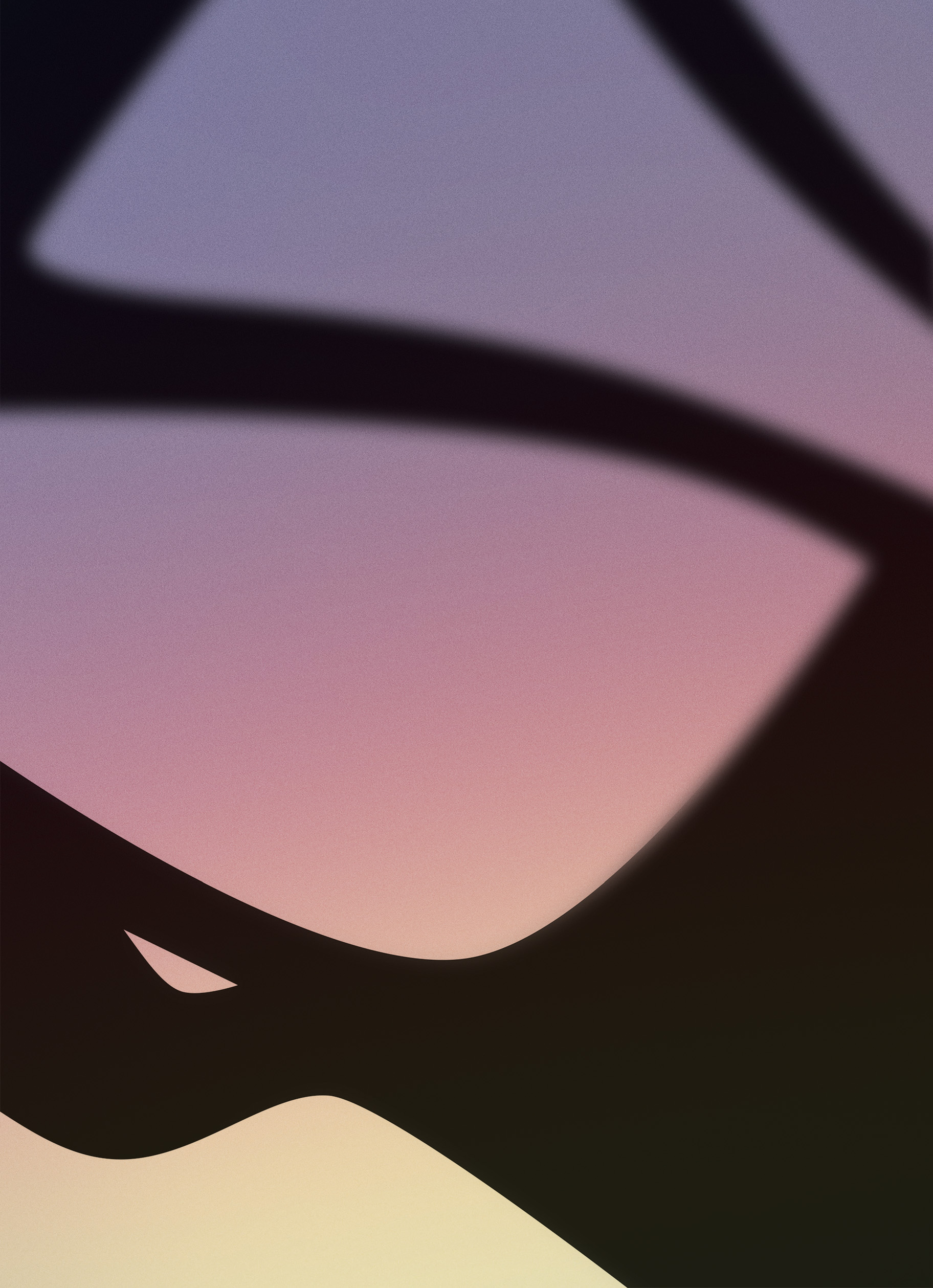
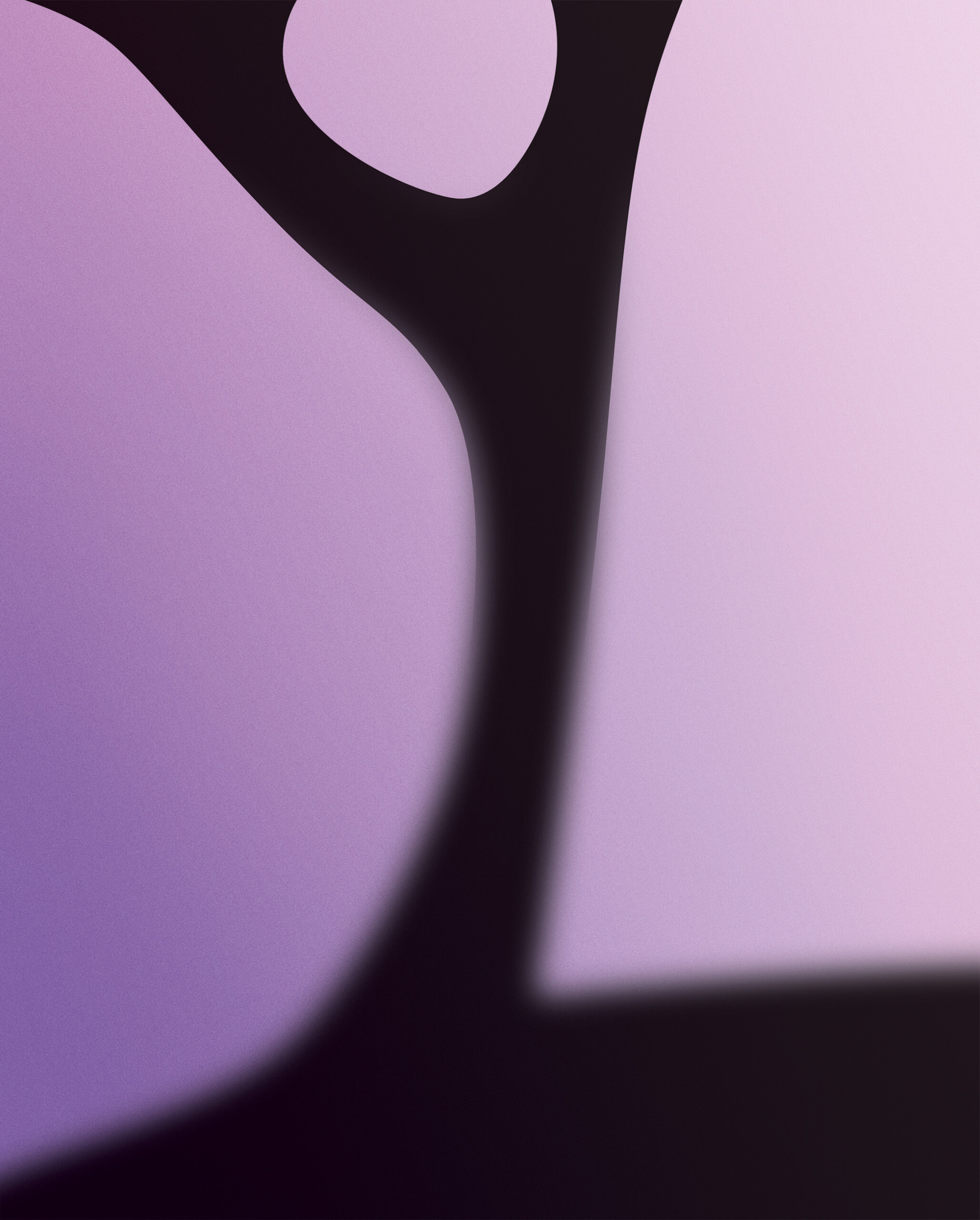
“You can see the machine hesitating, making mistakes, going back to the beginning and starting all over again.”
Let’s start with a simple question. How many times have you used AI or other digital technologies today?
P
S
Not at all yet. I don’t have a computer or mobile phone. I’m at my wife’s computer right now. I had always been convinced that the human brain was more creative than any computer. After all, a computer has to be programmed by a human, while a brain doesn’t. But now that the GPT-4 iteration of ChatGPT is here, I don’t know where the journey is heading any more. We’re truly at a watershed moment. Soon we’ll know whether Artificial Intelligence can be more creative than the human mind.
-
-
-
-
What about your work as a designer? What technological capabilities do you make use of?
P
S
I work with nothing but my brain and my paper and pen. Very organic. In the academic sense of the word, I’m not even intelligent. I’m neurodivergent (Starck is diagnosed with low-level autism). But I’m also one of the fastest, most creative and intuitive computers in existence. I work on a different major project every day.
It could be anything from the Axiom Space Station for NASA to a mega-yacht, from a medical device to a motorbike. Every day I create highly complex things, yet without any particular specialist expertise. Sometimes I actually get better results than the engineers do. I love science and the people engaged in it. I don’t understand everything, but I do understand its music. In my design process, digital technology takes second place. If there’s an industrial project to complete or some nice images are needed for a presentation, my teams will spend day and night at their computers to support me.
-
-
-
-
And yet you were one of the first well-known designers to unveil a chair designed using artificial intelligence; the design for Kartell debuted at the 2019 Milan Salone del Mobile…
P
S
I was fascinated by the chess grandmaster Garry Kasparov, who lost against the supercomputer Deep Blue in 1997, and I wanted to carve out a position for myself with the A.I. chair. So I joined up with the brilliant people at Autodesk and asked the program a question: AI, how can you support our body with the least amount of material and energy possible? A brief, clinical question. I wanted to avoid any emotional or cultural interference from humans. The program was completely baffled. It ran calculation after calculation for two years. There’s a great film about it, where you see it hesitating, making mistakes, going back to the beginning and starting all over again. So often that I was almost ready to give up. Then a scientist friend of mine reminded me how amazed I’d been when I discovered how the hands of a foetus in the womb develop: originally solid, the hand gradually divides to form the fingers. So it’s not the fingers that grow, it’s the empty space that grows. I was bowled over by this reverse process, so with the Autodesk team, we had the idea of telling the program to take a different approach to the command: destroy a shape, instead of building one. After that, everything went very fast and AI delivered the chair we wanted. I think it’s the best chair in the world. Made with the minimum energy and materials. In fact, it’s now even available in 100 per cent recycled plastic.
-
-
-
-
So you were beaten by the machine?
P
S
Yes, just like Kasparov. The funny thing is that with my question but its own processing, the chair ended up like my own style. What actually happened was that the machine and I both used the same approach, taking the minimum as the highest ideal.
-
-
-
-
And yet the chair has an astoundingly organic look, almost like vegetation …
P
S
That’s the second interesting aspect. All on its own, the machine found its way to the same design principle used by nature. As any biologist knows, nature is a good economist. Every plant, every tree grows with the minimum of water and energy.
Please select an offer and read the Complete Article Issue No 15 Subscriptions
Already Customer? Please login.
